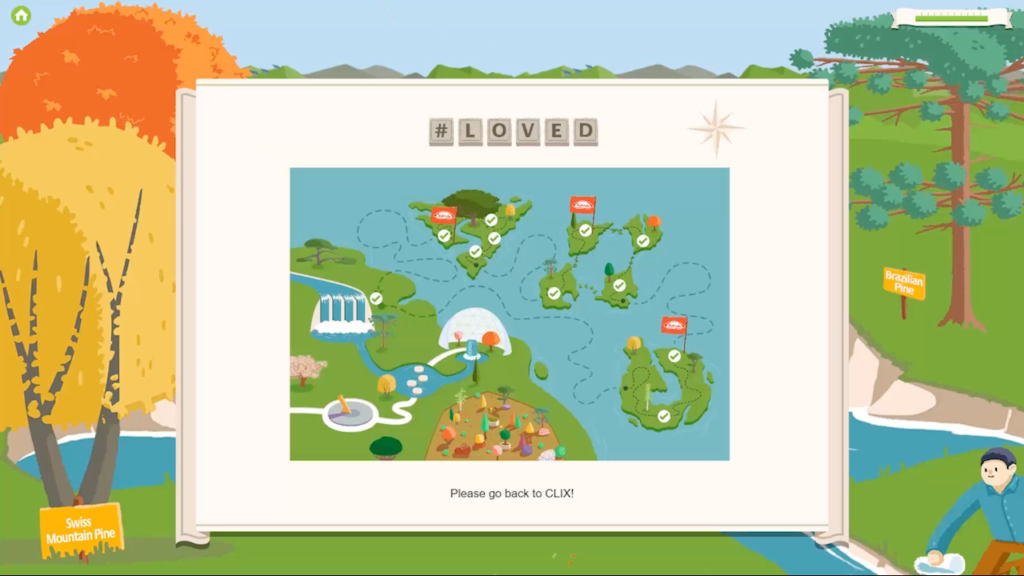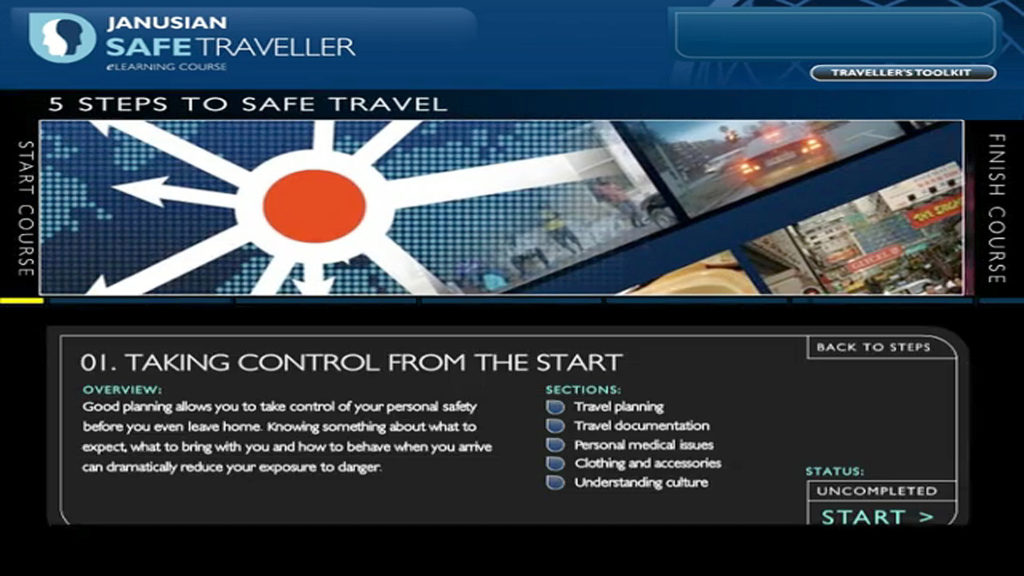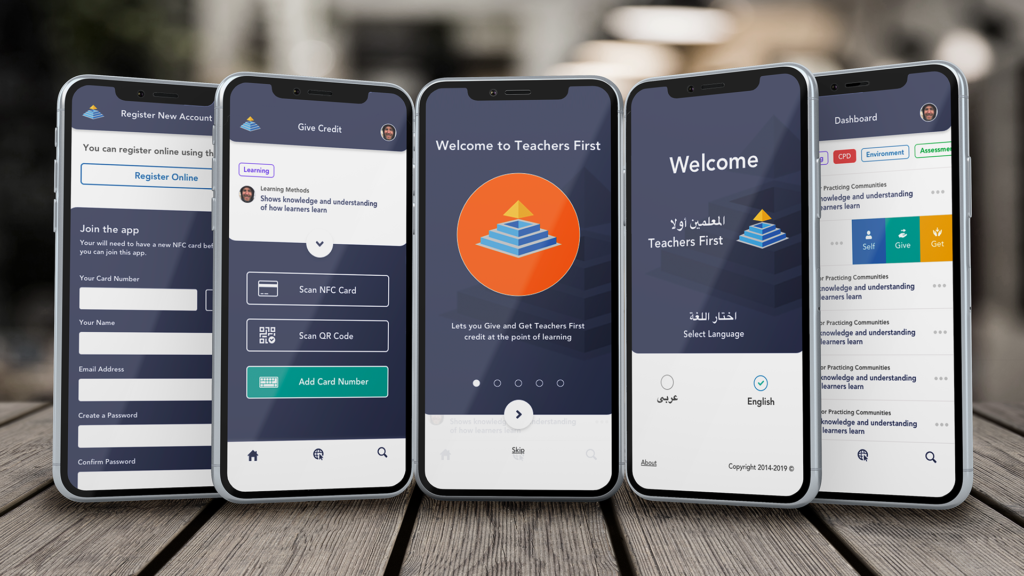Why E-Learning Matters
Organisations are under increased pressure to deliver training that is flexible, measurable, and effective. Traditional leanring methods can be costly and time-intensive, while static digital content often fails to hold attention or deliver lasting results.
E-learning bridges that gap offering scalable, consistent training experiences that adapt to different learning styles, roles, and environments. By combining animation, interactivity, and narrative-driven design, elearning turns abstract concepts into practical understanding. Learners can explore real-world scenarios, make decisions, and see the outcomes of their actions within a safe digital space.
Beyond engagement, effective e-learning is data-focused through user feedback. Learning management systems (LMS) and analytics tools track progress, reveal skill gaps, and measure knowledge retention, helping organisations refine their content and continuously improve training outcomes.
E-Learning Today
E-learning has been part of workplace training for many years, but expectations have changed. Learners now balance busy workloads, constant information flow, and the pressure to stay productive while completing training. As a result, the demand for engaging and meaningful digital learning has never been stronger.
Organisations are moving away from static slide-based modules and investing in interactive, story-driven experiences that capture attention and improve knowledge retention. Animation, immersive environments, and real-world scenarios help learners connect emotionally and apply what they learn more effectively.
At the same time, modern platforms and analytics give L&D teams the insight to track engagement, measure progress, and refine content for ongoing improvement. The focus has shifted from simply delivering information to creating memorable learning experiences that motivate, educate, and inspire action.
The Sliced Bread Way
We combine creative experience with technical understanding to produce elearning content that delivers measurable results. Every project begins by focusing on the learner, their role, challenges, and motivations, before translating that into meaningful, practical learning modules.
Our approach blends instructional design, animation, and interactivity to transform complex information into engaging, easy-to-follow content. Whether it involves scenario-based learning, gamified elements, or immersive VR environments, we ensure each project is aligned with clear learning objectives and assessment criteria.
We also design for scalability and performance. Each module is built to integrate seamlessly with your existing learning management system (LMS), enabling smooth deployment, tracking, and reporting (usually as SCORM). This ensures content is not only engaging but also efficient to manage, update, and measure across teams and markets.
Learning A Code of Conduct
Many organisations treat compliance training as a box-ticking exercise, but engagement is key if employees are to understand and apply the values behind company policies. Our Code of Conduct training transforms a traditionally static subject into an interactive, scenario-based learning experience that encourages reflection and real-world scenarios.
The course combined animation, storytelling, and learner decision points to explore situations that test ethical judgment and company principles. Each module presents realistic workplace scenarios, allowing learners to make choices and see the outcomes of their actions. This approach builds awareness, accountability, and confidence to act appropriately in complex situations.
Delivered through a secure learning management system, the content tracks completion, measures understanding, and provides insight into where additional guidance may be needed. The result is a training experience that is not only compliant but genuinely effective in reinforcing organisational culture and standards of behaviour.












